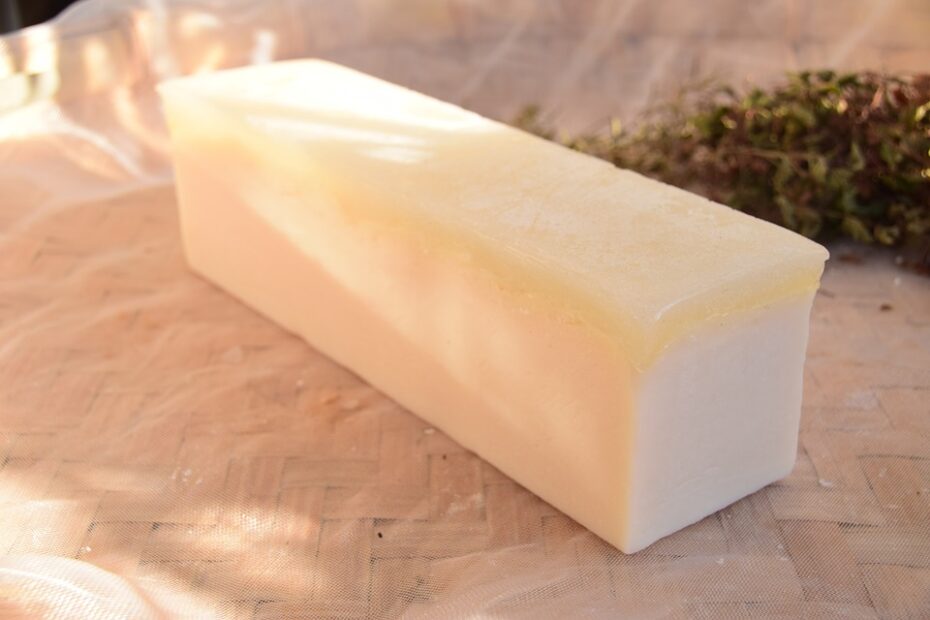Nowadays, people are very eager to buy products that are handmade by masters and craftsmen themselves. Handmade soap is not such a new idea, but nevertheless it continues to be in demand and the demand for these products is increasing. This kind of earnings can be both basic and a nice addition to the salary.
Excursion into history
There is an ancient Italian legend about Mount Sapo, which was the traditional site of animal sacrifices. When it rained, this mixture flowed into the Tiber River. Girls who washed their clothes in the Tiber noticed something peculiar: in the part of the river where the mixture of fat and ash flowed, the laundry got cleaner and faster, the water there was foaming. This is where the “soap” story begins. In Italian, “soap” sounds like “sapone,” after the mountain that helped people make their greatest discovery.
The popularity of soap making
The attractiveness of the soapmaking business is due not only to the lack of significant capital investment, but also a great opportunity for development. After all, soap – a tool that everyone needs, it is used daily for personal hygiene. Also, this type of business does not require large initial investments. You can start it even today in your kitchen. All you need from you is faith in your abilities and desire to develop. Over time, you can make handmade soap not only for your own needs, but also to open a private factory for the production of hygiene products. Since this area of business still has a low level of competition.
What you will need at the initial stage
- A plastic mold. In it you will need to melt soap or soap base. The utensils should be conveniently shaped so that it is easy to pour the melted soap into the molds.
- It is convenient to use silicone molds for soap.
- A silicone spatula.
- A measuring spoon.
- A spray gun.
- A knife or string to cut the soap.
- A mortar to grind the scrubs with.
What you will need to make soap
Soap bases. These come in clear and white.
Essential oils. Give the soap an individual fragrance. Often used (lemon, lavender, tea tree, and others).
Dyes. Necessary to give the soap its color. Both natural dyes (juices, herbs) and food dyes are used for soap making.
Base oil. It should be unscented. Almond, cedar and sea buckthorn oils are used.
Additives. You can add milk, chocolate, decorative items, dried fruit slices, coffee beans, dried flowers, oat flakes and other ingredients to soap.
Soap making technology
Making handmade soap at home is not as difficult as it may seem at first glance. To make it you will need a little time, desire, a few original ideas and components.
So, let’s start. As a base, use ready-made commercial soap. Often take baby soap, as it contains a minimum amount of chemical additives, and its neutral smell will not interfere with the fragrance of the finished product.
Grate the soap on a fine grater and pour a glass of boiling water over it. Put the pot with soap in a water bath and keep it on low heat until the soap dissolves. Remember, the base must not boil over. If it is completely dissolved, add 2 spoons of any vegetable oil and take the mass off the fire. Drop 4-5 drops of essential oil in the prepared molds, and then pour the liquid soap into them, and immediately add the necessary additives, if any.
As additional additives you can use anything you can think of. For example, pieces of peaches, grape seeds, coffee beans, dried flowers, and much more. You can also put water-soluble paper on which you can write a name, a quote, an aphorism or a message for the person for whom the soap is intended.
At the end of the process, let the soap harden, then remove it from the mold and send it to dry in a dry place. Usually after 5-7 days the soap is completely ready to use.
